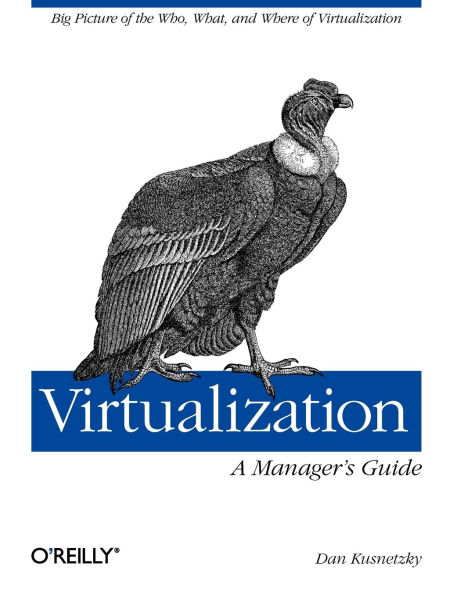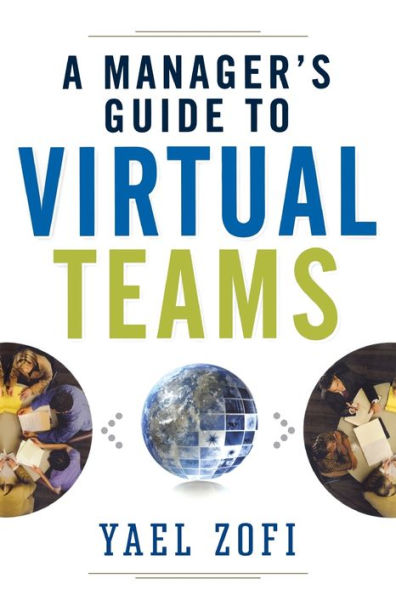Home
Virtualization: A Manager's Guide: Big Picture of the Who, What, and Where Virtualization
Barnes and Noble
Virtualization: A Manager's Guide: Big Picture of the Who, What, and Where Virtualization
Current price: $19.99


Barnes and Noble
Virtualization: A Manager's Guide: Big Picture of the Who, What, and Where Virtualization
Current price: $19.99
Size: Paperback
Loading Inventory...
*Product information may vary - to confirm product availability, pricing, shipping and return information please contact Barnes and Noble
What exactly is virtualization? As this concise book explains, virtualization is a smorgasbord of technologies that offer organizations many advantages, whether you're managing extremely large stores of rapidly changing data, scaling out an application, or harnessing huge amounts of computational power. With this guide, you get an overview of the five main types of virtualization technology, along with information on security, management, and modern use cases.
Topics include:
Access virtualization
—Allows access to any application from any device
Application virtualization
—Enables applications to run on many different operating systems and hardware platforms
Processing virtualization
—Makes one system seem like many, or many seem like one
Network virtualization
—Presents an artificial view of the network that differs from the physical reality
Storage virtualization
—Allows many systems to share the same storage devices, enables concealing the location of storage systems, and more
Topics include:
Access virtualization
—Allows access to any application from any device
Application virtualization
—Enables applications to run on many different operating systems and hardware platforms
Processing virtualization
—Makes one system seem like many, or many seem like one
Network virtualization
—Presents an artificial view of the network that differs from the physical reality
Storage virtualization
—Allows many systems to share the same storage devices, enables concealing the location of storage systems, and more

















